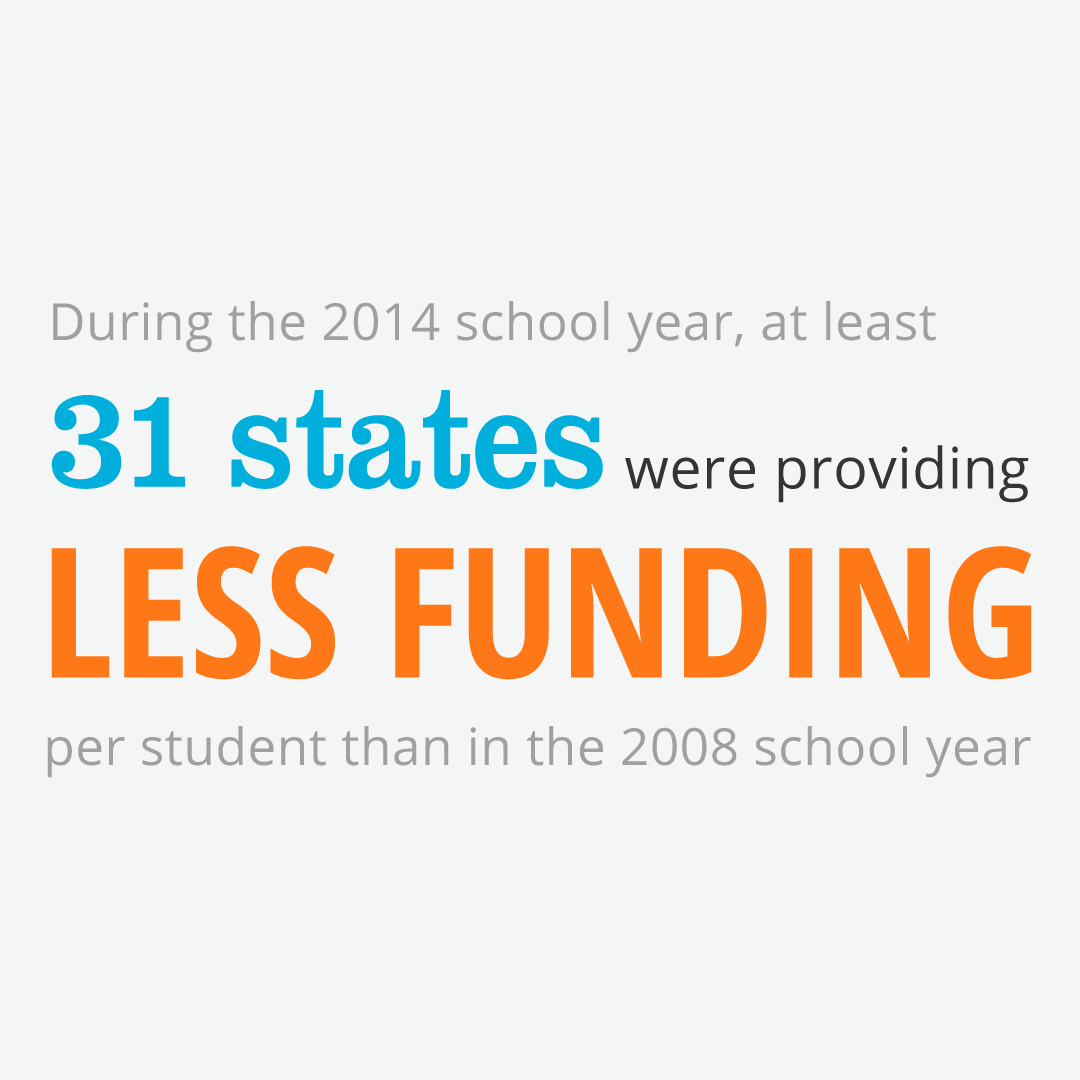The full details of the Administration’s Fiscal Year (FY) 2022 budget were released on Friday, May 28 and include the full scope of the Biden Administration’s “American Jobs Plan.” The $6 trillion federal spending plan for FY22 seeks to invest heavily in several government agencies to boost infrastructure and education, expand affordable housing, bolster public health, and confront climate change. The broader proposal largely tracks with top line figures and overall goals for President Biden’s infrastructure plan, proposing in the first five years to spend $293 billion above baseline on transportation programs, and $596 billion additional over the next decade.
It is also important to note that all the funding proposed as a part of the American Jobs Plan is on the mandatory side of the budget, meaning that the funding would be direct spending provided by the authorizing committees and not the Appropriations Committee. Additionally, while the American Jobs Plan is an 8-year plan, the FY 22 budget proposed by the President would spend most of that money in the first five years.
Among the crosscutting themes of the budget is resilience. The budget includes $50 billion for infrastructure resilience scattered across 29 different programs at several different federal agencies. Additionally, the budget includes $36 billion in overall climate spending, an increase from the $14 billion in FY21.
With Democrats holding razor-thin majorities in Congress, appropriations may increase somewhat, but are unlikely to match the massive jump proposed by the White House. Among the specific budget requests:
Department of Transportation
The budget requests $88.2 billion in discretionary spending for the Department of Transportation (DOT). This represents an increase of $352 million, or .4% increase, from the FY21 enacted level and excludes additional funding that would be provided under the American Jobs Plan.
Included under the increase in discretionary programs is:
- $ 2.7 billion, a 35% increase, for Amtrak;
- $2.5 billion, a 23% increase, for Capital Investment Grants (CIG);
- $18.5 billion, a 2.7% increase, for the Federal Aviation Administration (FAA);
- $1 billion for the National Highway Traffic Safety Administration (NHTSA) which includes a $50 million increase for Vehicle Safety Programs; and
- $1 billion for the RAISE (formerly BUILD) grant program, which is unchanged from the FY21 enacted level.
Beyond the topline requests, the President’s FY22 budget request assumes that there will be $13 billion available in the Airport and Airway Trust Fund (AATF) and that the Highway Trust Fund (HTF) will spend down $11 billion. However, the budget also assumes that the HTF will bring in roughly $42 billion a year over the next ten years.
Environmental Protection Agency
The President has proposed a $2 billion increase for the Environmental Protection Agency (EPA), bringing the agency’s funding up to $11.2 billion for FY22 if enacted, including $3.6 billion dedicated to water infrastructure. The proposed water infrastructure funding does not include an additional $45 billion for lead pipe replacement, as well as an additional $111 billion to fix the nation’s water infrastructure, which is in the American Jobs Plan. The increased funding would be aimed at additional money for clean water grants, state environmental programs, research, and development in partnership with the Department of Energy’s (DOE) Advanced Research Projects Agency-Climate (ARPA-C) program and a new environmental justice initiative.
More specifically the EPA budget request includes:
- $3.2 billion for the Clean Water and Drinking Water State Revolving Loan Funds, an increase of $460 million from FY21 enacted levels;
- $5.1 billion for the State and Tribal Assistance Grants account;
- $900 million for the Accelerating Environmental and Economic Justice Initiative;
- $882 million for the Superfund Remedial program;
- $75 million dedicated to PFAS studies and enforceable limits; and
- $80 million for the EPA’s WIFIA program.
U.S. Army Corps of Engineers
The FY22 budget request calls for a 13% spending cut, or $1 billion, to $6.8 billion for the Army Corps of Engineers (USACE). This baseline number does not include the additional $17 billion that the President proposes for the nation’s ports and inland waterways as a part of the American Jobs Plan. The proposal would provide $1.8 billion for the construction account, $2.5 billion for operations and maintenance, $270 million for the Mississippi River and its tributaries, $204 million for the regulatory program, and $35 million for flood control. The budget also includes $3.4 billion for the study, design, construction, operation, and maintenance of inland and coastal navigation projects.
As a part of the budget request for the USACE, the Administration has included three key objectives for the agency: increasing infrastructure and ecosystem resilience to climate change, while decreasing climate risk for communities based on the best available science; promoting environmental justice; and not funding work that directly subsidizes fossil fuels.
Department of Energy
The Department of Energy’s (DOE) budget request is $46.2 billion, up significantly from the $39.62 billion enacted for FY21. The biggest benefactor of this increase would be the Office of Energy Efficiency and Renewable Energy, which provides zero grant funding to support the administration’s efforts to reach net zero emissions by 2035. The request includes $1.9 billion for a Building Clean Energy Projects and Workforce Initiative to push carbon free electricity by 2035 through incentives and energy efficiency standards, along with streamlined transmission permitting. More than $8 billion would go toward quadrupling clean energy research within four years.
DOE’s Office of Science would get a 5.3%, $374 million increase to $7.4 billion. Among its six research programs, biological and environmental research is the biggest beneficiary, getting a 10%, or $75 million, increase to $828 million. Other programs focused on physics, fusion energy, and advanced computing would get smaller boosts. The office would also get $78 million to help launch ARPA-C, which aims to accelerate the development of climate-friendly technologies. DOE’s existing ARPA-Energy would get a 17%, or $73 million boost to $500 million. The budget request also calls for DOE to establish a new Office of Clean Energy Demonstration that would get $400 million to begin testing large, “commercial scale” solutions to industry challenges.
Department of the Interior
The Department of the Interior would receive an increase of $2.5 billion to $17.4 billion for FY22. Much of that spending would be dedicated to expanding renewable energy on public lands, as well as increase the department’s overall workforce. The National Park Service would receive a 12% increase, with a proposed budget of $3.5 billion. This includes funding made possible by the Great American Outdoors Act, which will support 36 projects, totaling over $1 billion in construction, which will address more than $835 million in deferred maintenance needs.
Science Agencies
The President’s plan includes a 9% increase, or $13.5 billion, in total federal spending on Research and Development (R&D), bringing the total to $171 billion. Spending on basic research would rise by 10%, or $4.4 billion, to $47.4 billion, whereas applied research would get a 14% bump or $6.3 billion, to $51.1 billion. The budget “proposes historic increases in funding for foundational R&D across a range of scientific agencies,” Biden said in a statement, including what he asserts is “the biggest increase in non-defense research and development spending on record.”
National Science Foundation (NSF) budget would grow by 20%, a $1.7 billion jump to nearly $10.2 billion. The biggest change is the addition of a seventh research directorate intended to move research more quickly into the marketplace – mirroring proposals in the Endless Frontier Act. The new directorate would start with a $865 million budget, including the transfer of some $350 million in existing programs. NSF’s education and workforce training programs would get a 16% boost, including increasing the number of new prestigious graduate research fellowships from 2000 to 2500. If NSF gets the additional dollars, the agency projects it would make 20% more awards to individual scientists, with average grant sizes rising by nearly 15%.
The National Institute of Standards and Technology (NIST) would get a big boost to both its research and industrial programs. Spending on NIST’s research labs would grow by $124 million, to $916 million, and its investment in a network of manufacturing institutes would more than double, to $442 million. Overall NIST funding would increase by 45% to almost $1.5 billion.
The National Aeronautics and Space Administration (NASA) overall $24.8 billion request, an increase of 6.6%, includes a 12% increase to the earth science portfolio with much of that spending focused on preparing for the Earth System Observatory, a series of satellites that will offer insights into two long-standing wild cards of climate change—clouds and aerosols—while providing new details about the temperatures and chemistry of the planet’s changing surface. The proposal expects NASA to spend nearly $700 million annually on the observatory satellites by 2026, with the first launch in 2027.
The National Oceanic and Atmospheric Administration (NOAA) would be provided a $1.4 billion increase to $6.9 billion, the largest in the agency’s history, if approved by Congress. The increase would expand resources to support the agency, whose responsibilities include weather forecasting, climate research and services, ocean research, the health of the nation’s fisheries and protection of endangered marine species.
Department of Education
The Department of Education would receive $102.8 billion Budget Authority, a $29.8 billion or 41% increase above the FY21 appropriation. Included is $50 billion over five years to rebuild and modernize public K-12 schools and $100 billion over 10 years to bring high-quality, reliable broadband to all American families. Additionally, the proposed budget adds a $2.6 billion increase for a total of $17.5 billion for special education programs, which includes the ASCE supported K-12 STEM Education program.























































